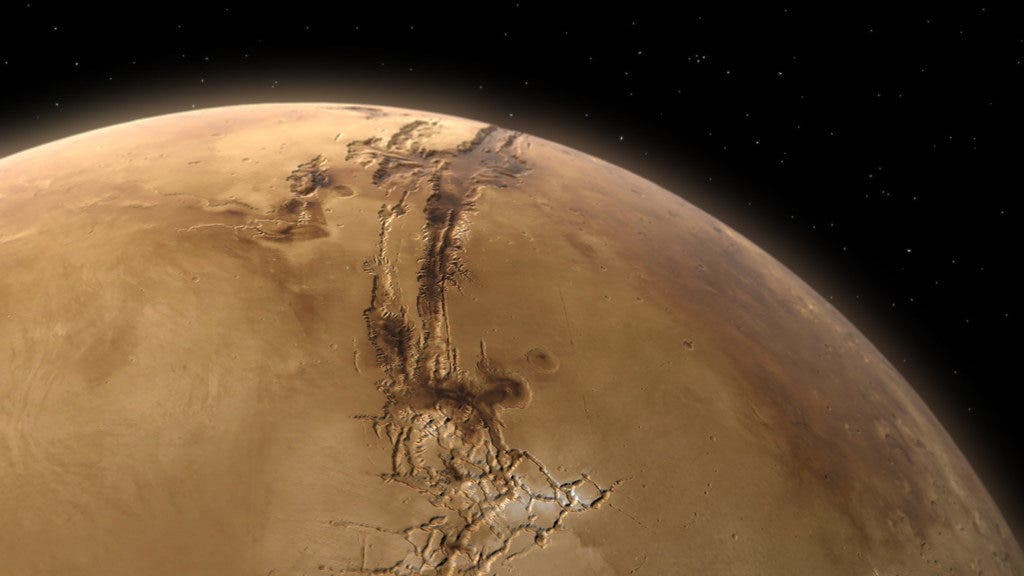
On the 128th sol of the Martian lander Insight, researchers discovered a “Marsquake.” Scientists recorded the tremors with a French-made dome probe, the Seismic Experiment for Interior Structure (SEIS). While the event was too small to provide any useful information — if it had occurred on Earth, it wouldn’t have even registered — it was still the first quake recorded on Mars caused by forces inside the planet.
“We’ve been waiting months for our first marsquake,” said Dr. Philippe Lognonné, the Principle Investigator for SEIS. “It’s so exciting to finally have proof that Mars is still seismically active. We’re looking forward to sharing detailed results once we’ve studied it more and modeled our data.”
While Mars doesn’t have tectonic plates, which cause most of Earth’s quakes, both planets and the Moon experience the kind of quake caused by faults, or fractures in their crusts. As heavy masses and slow cooling add stress to the crust, it cracks, releasing energy.
Mars, I hear you. I’ve detected some quiet but distinct shaking on #Mars. The faint rumbles appear to have come from the inside of the planet, and are still being studied by my team. Take a listen.👂https://t.co/GxR1xdRx1F pic.twitter.com/Z8Hn03jigO
— NASA InSight (@NASAInSight) April 23, 2019
Thousands of quakes were discovered on the Earth’s moon between 1969 and 1977 using five seismometers installed by Apollo astronauts.
“The Martian Sol 128 event is exciting because its size and longer duration fit the profile of moonquakes detected on the lunar surface during the Apollo missions,” said Lori Glaze, Planetary Science Division director at NASA Headquarters.
So far, the InSight team has yet to confirm the cause of the tremor, which was picked up on April 6. Three other signals, which occurred on March 14 (Sol 105), April 10 (Sol 132) and April 11 (Sol 133), could also be of seismic origin. The signals were far more enigmatic to the InSight team, but at least two of those do not appear to have been caused by wind or other unwanted sources of noise. Those signals were found to be much weaker than those on Sol 128 and were only detected by SEIS’s ultra-sensitive VBB sensors.
“InSight’s first readings carry on the science that began with NASA’s Apollo missions,” said InSight Principal Investigator Bruce Banerdt of NASA’s Jet Propulsion Laboratory (JPL) in Pasadena, California. “We’ve been collecting background noise up until now, but this first event officially kicks off a new field: Martian seismology!”


